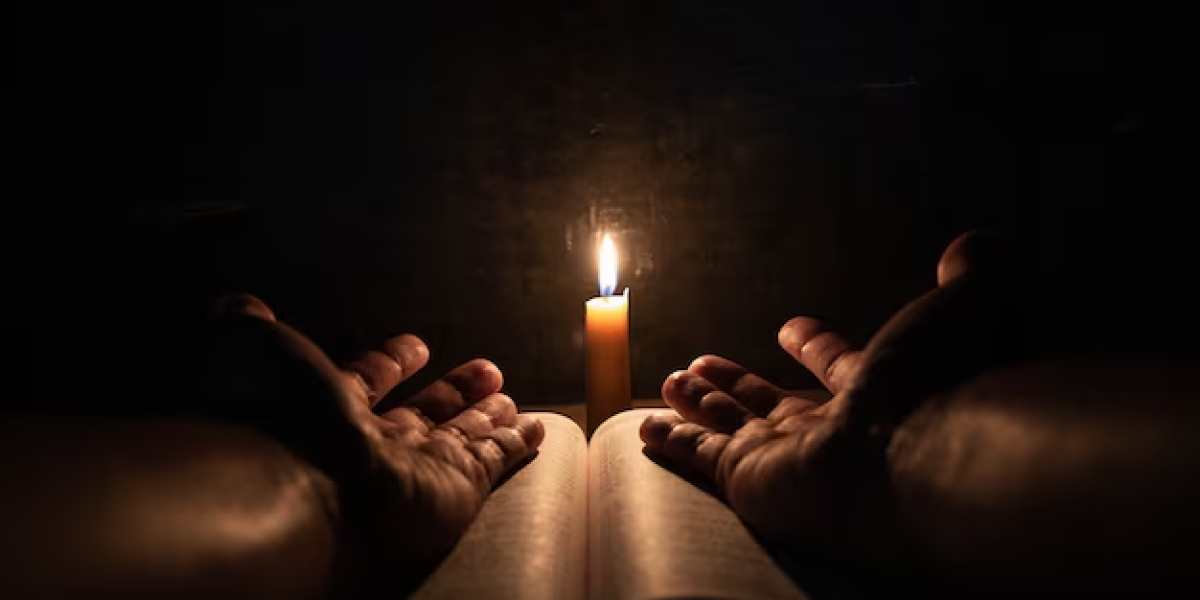
Christmas Eve
Christmas Eve When “O Holy Night” first pierced the quietude of a church in Roquemaure, France, its message echoed far beyond its origins, reverberating with the drumbeat of a burgeoning movement for liberty and human…
Christmas Eve
When “O Holy Night” first pierced the quietude of a church in Roquemaure, France, its message echoed far beyond its origins, reverberating with the drumbeat of a burgeoning movement for liberty and human dignity. Cappeau’s verse, set to Adam’s transcendent melody, became an inadvertent battle cry for revolutionaries and a voice to the voiceless in the fight against the blight of slavery.
The Revolutionary Heart of a Hymn It was a time of significant upheaval, where the underpinnings of society were questioned and the call for change was in the air. The Industrial Revolution was redefining economics and power, while the moral revolution of human rights was challenging the social order. Into this milieu, “O Holy Night” appeared not just as a carol but as a subversive agent of social change with its resounding second verse.
“Chains shall He break, for the slave is our brother; And in His name, all oppression shall cease.”
These were not mere sentimental musings; they were an encoded rallying call to all who heard them—a challenge to the accepted norms of the era. At a time when slavery was a heated and discordant topic, especially in the United States, these words were nothing short of radical and revolutionary. They lent spiritual ammunition to the abolitionist cause. Dwight’s English translation only further crystallized the cry for emancipation and justice, aligning the tenor of the times with a Christian imperative to act.
The hymn gained momentum as it crossed the Atlantic, arriving on a continent wrestling with its conscience over the institution of slavery. “O Holy Night” transcended its French origins, becoming an anthem for American abolitionists who sought to align their struggle with a higher, divine mandate. It provided spiritual validation for their cause, fortifying their conviction that the institution of slavery was not only iniquitous but also anathema to the Christian message of brotherhood.

The Impact on Abolitionist Morale For abolitionists, the second verse of “O Holy Night” was a poetic encapsulation of their mission. It was a source of comfort and strength, a beacon that shone and guided them through the darkest times. It became a musical emblem during abolitionist meetings, serving both as inspiration and as a tool for spreading their humanitarian goals. The song was revolutionary, invoking the sanctity of Christmas while condemning the inhumanity of slavery, and it did so with a beauty that could not be easily dismissed or ignored.
But the power of “O Holy Night” extended beyond the bounds of Christmastide and church walls. It found a place in the cultural lexicon, its melodies and messages sung by those who yearned for freedom and those who strove to gift it. It was as though the song itself broke chains with every note, each performance an act of sedition against a cruel and exploitative system.
The Pacifist Crescendo In its closing verses, the hymn gently shifts its revolutionary tone towards the ideals of peace and the pacifist sentiments that underpin the celebration of Christ’s birth. Here, the song weaves a vision of a reconciled world, one where former adversaries might find common ground in the pursuit of peace. “O Holy Night” becomes a beacon of nonviolent resistance, a call for oppressive systems to be dismantled not through violent uprising but through the persuasive power of divine love.
Even now, as “O Holy Night” resounds through the rafters of churches and hums quietly in the hearts of those who hold to its message, it continues to inspire. Its call to end all forms of oppression remains as relevant as ever. In the final pauses of the carol, the emphasis on pacifism is not lost; it is a parting reminder that the work of building a just and peaceful society extends beyond the struggles of history and into the very fabric of our daily lives.

May the song’s serene yet potent call for peace continue to resonate within the collective soul of humanity. As we are once again enveloped by the spirit of the season, may the revolutionary ethos of “O Holy Night” compel us to keep alive the abolitionist spirit, continuing its legacy of pursuing justice, championing freedom, and advocating for an end to all oppression—in a spirit not of conflict, but of compassion and peaceful resolution.